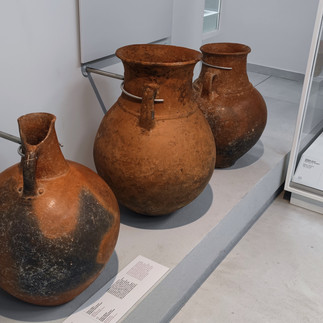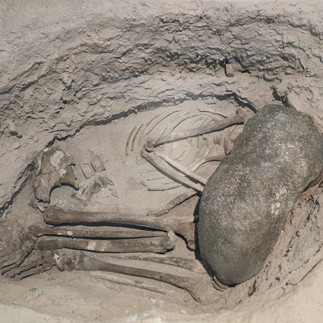The museum has been operating since 1969 and displays antiquities found in the city and the region. This year the displays were upgraded, showing the daily life of the ancient communities in the area, from the Neolithic period to the Roman period.

The museum has two wings. The first presents the prehistoric and protohistoric periods (that is, a period in which society itself did not yet have the ability to write, but other societies that already knew how to write referred to them in writing). The display goes in chronological order and shows findings from the Neolithic period (before and after the use of pottery and the beginning of the agricultural period), the Chalcolithic (use of copper), and the Bronze Age - that is, findings from 9,000 BC.
The second wing is dedicated to the historical periods and follows the ancient city of Kition that sat here about a thousand years BC. It examines it from various aspects, including temples and burial customs.
In the courtyard of the museum, large sculptures and tombstones are displayed, as well as an olive press from the Roman period.
The visit to the museum is relatively short, but very interesting and recommended.
Free admission.






































Comments